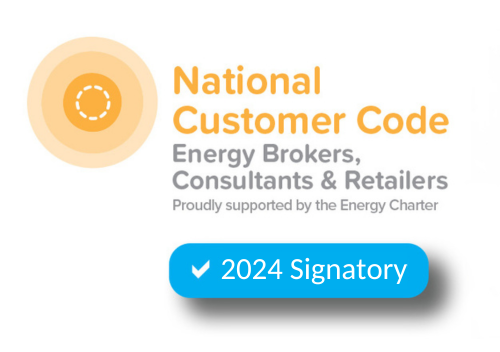The huge influx of solar and wind power plants into the national energy market is creating new financial products to help offset the risks of intermittent generation – when the wind is not blowing and the sun isn’t shining.
The latest example of such products comes from ERM Power, which has registered great uptake for a new solar derivative contract.
ERM Power launched it’s solar risk management product in April 2018 and was followed by an initial trade in its first week. AGL Energy has also announced that it had introduced a new wind ‘firming’ derivatives product.
ERM has not announced the counterparty to its trade, but its head of wholesale markets David Quiver was quoted as saying that the name was very recognisable within the energy industry. He said that he expected other energy generation companies to follow suit in the pursuit of fixed-price certainty in hedging solar energy generation.
Mr Guiver said that the ERM Power product was being driven by strong demand from renewable energy projects due to project developers and corporate customers entering clean energy power purchase agreements.
The National Energy Guarantee policy, as proposed by the Federal Government focuses on the reliability of supply and stipulates that retailers ensure they can supply power on a secure, uninterrupted basis.
The trend for such financial products and services ties in well with the NEG’s priorities. The NEG’s rules are also expected to boost investment in small and large-scale batteries, pumped hydro and demand response to firm up other energy supply sources.
AGL wind power firming product
AGL’s new product, a wind power firming product unit, is offered in South Australia and Victoria. It can be used by wind farm owners to provide firm volumes of power to a customer during periods when there is low or no wind.
Writing on AGL’s blog, head of wholesale Richard Wrightson said that a wind farm can contract with AGL so when they produce less energy than needed and prices are high, AGL will sell them energy at spot price so they can honour their contracts.
“It’s a swap deal that firms up variable supply sources to allow those sources to be contracted and we think it will help create liquidity in the market, which is a key focus of the National Energy Guarantee.”
AGL’s product is listed by High Voltage Brokers. It is backed by gas peaking power plants and has yet to trade. ERM’s trade was brokered by Tradition Financial Services (TFS) and both are targeting the wholesale market.
Solar and wind power is the way forward
Mr Guiver said ERM is “bullish” about the amount of renewable generation that will be built in the near and distant future, whether under the NEG or another future policy.
“It’s hard to see other options emerging,” he said.
“The costs have gone down significantly. There are a lot of projects out there looking to enter the market so we think this has a role in a heavily populated market of renewables.
“It’s a nice match for the NEG because it brings forward the logic of matching up, firming up renewables with swaps or caps or the like.”
TFS’s manager of renewable energy and environmental markets Chris Halliwell said the launch of ERM’s solar product coincides with TFS’s coming launch of its new wholesale Renewable Energy Hub, a market platform “to firm, standardise and transact with wholesale renewables and energy buyers”.






